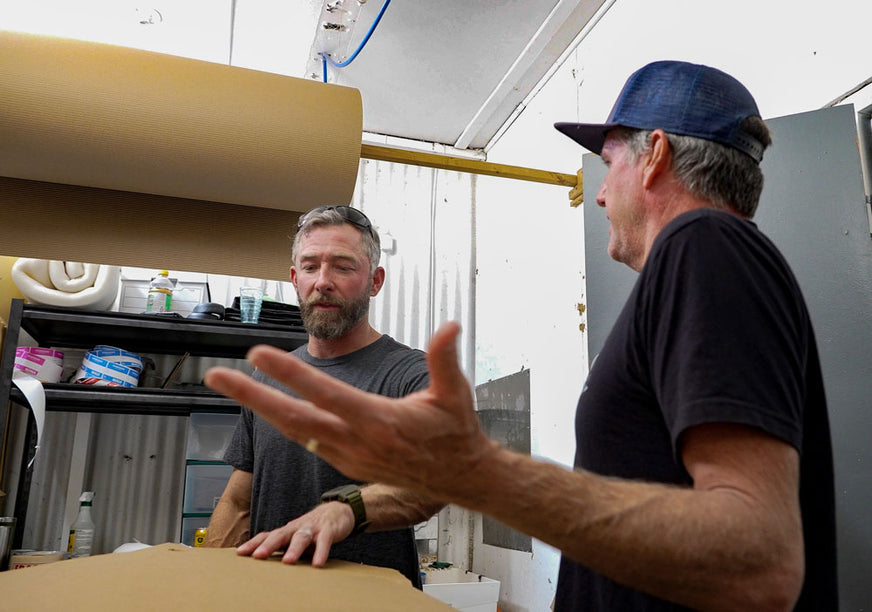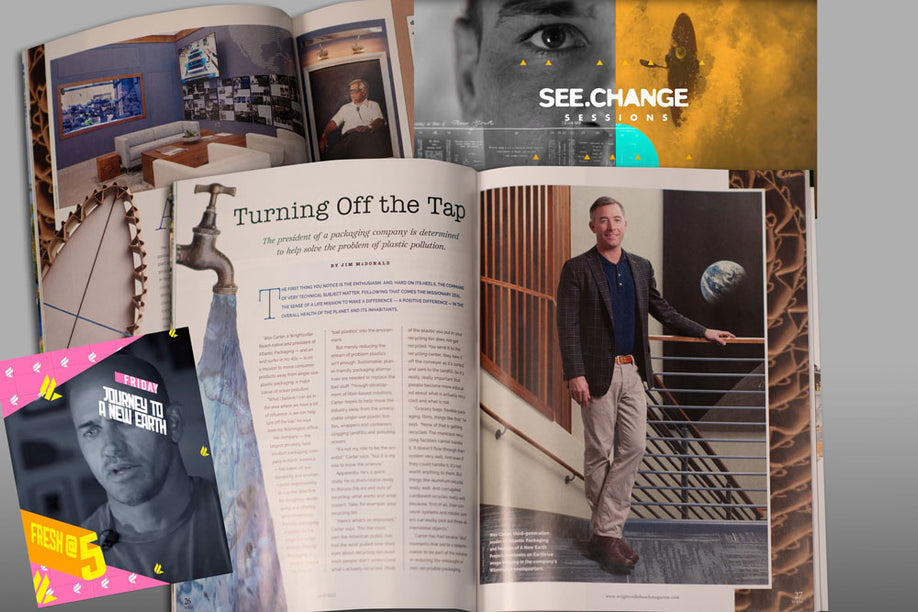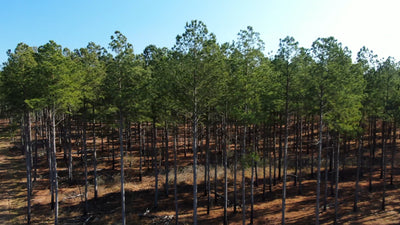A Q&A with Wes Carter and Scott Phillips
In the ongoing conversation around sustainability, forests often get cast in two categories: untouched nature preserves or clear-cut timberland. But there’s a middle ground- working forests - that plays a critical role in both environmental and economic health.
In this Field Notes conversation, Wes Carter, President of Atlantic Packaging and founder of A New Earth Project, talks with with Scott Phillips, South Carolina State Forester, to talk about sustainable forestry and the often-overlooked value of working forests.
⸻
Q: Wes Carter: Can you explain the difference between a traditional protected forest and a working forest?
A. Scott Phillips: We need both. A protected forest, like a national or state park, isn’t managed for timber. But a working forest is actively managed to produce wood and other products. That doesn’t mean it’s any less beneficial for the environment. In fact, all forests, working or protected, produce clean air, clean water, wildlife habitat, and recreational opportunities.
⸻
Q: Wes Carter: It seems like people sometimes see working land as “less green.” Is that fair?
A. Scott Phillips: That’s a common misconception. Some assume that if a forest isn’t under a conservation easement, it’s just land waiting to be sold off and developed. But a working forest still provides critical ecosystem services. In some cases, depending on how it’s managed, it can actually support more biodiversity than unmanaged land.
⸻
Q: Wes Carter: How do sustainable markets help keep forests healthy?
A. Scott Phillips: Markets are the key to conservation. Using wood isn’t bad, as long as we’re doing it sustainably and planting trees for the next generation. When forests are harvested and replanted responsibly, that’s a win. But when forests are cleared and converted - to a shopping center or a solar field - that’s when we lose forest permanently.
⸻
Q: Wes Carter: How does the evolving paper industry play into this?
A. Scott Phillips: As demand for paper-based and fiber-based products grows, that helps support sustainable forest management. The paper industry is expanding into new markets, and that creates economic reasons to keep forests as forests. If we want forests to thrive in the future, we need markets that value them today.
⸻
Key Takeaways
Our key takeaways from this conversation are that working forests aren’t the problem. In fact, they’re part of the solution. When managed sustainably, they support biodiversity, provide essential materials, and protect the environment for future generations.
And we need markets - they are the key to conservation. When land is permanently cleared for housing or commercial use, the forest is lost. But if we support healthy markets for wood and fiber, landowners are incentivized to keep forests as forests.
That’s why the growth in sustainable, fiber-based packaging matters. That demand creates new reasons to manage forests well. We’re moving away from fossil-fuel-based plastics and toward nature-based alternatives. Forests are central to that shift.










